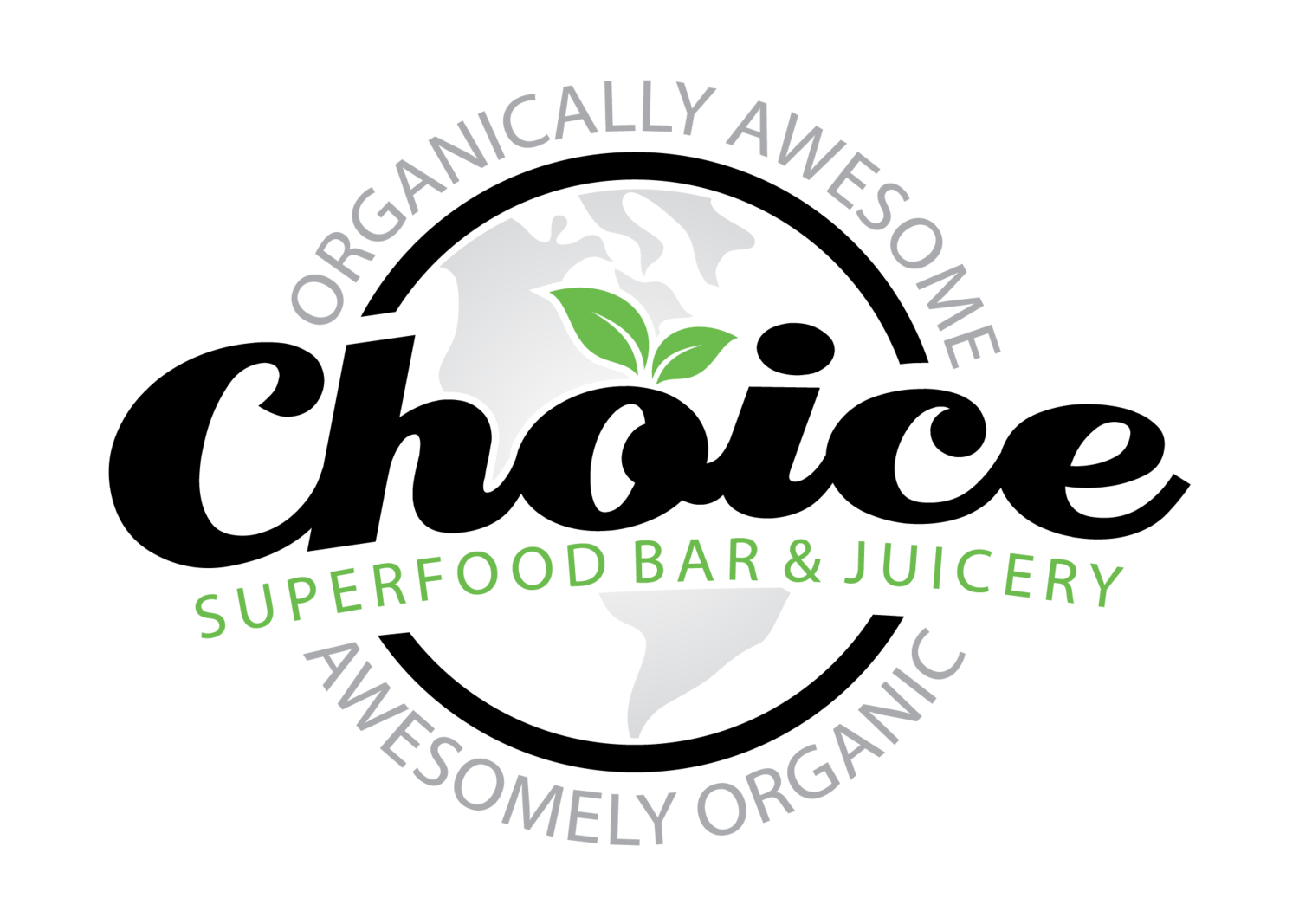The Ultimate Whole Foods Pantry Makeover + Bonus Recipe
The Ultimate Whole Foods Pantry Makeover + Bonus Recipe
Hi Choice Juicery friends!
I’m EA, aka The Spicy RD, and I’m excited to be sharing my Whole Foods Pantry Makeover tips with you today, along with the most delicious Cocoa Lemon Truffles for a healthy treat!
No matter what type of diet you follow, one of these best things you can do for your health, is focus on eating delicious, nourishing, minimally processed WHOLE foods, free from artificial colors/flavors, additives, preservatives, and other chemically made ingredients.
With the first month of 2016 officially behind us, and perhaps some healthy eating resolutions that have fallen by the wayside, now is the perfect time to reboot your diet, and start living your most delicious life with my simple whole foods pantry makeover tips, no diet deprivation required!
Let’s get started!
Whole Foods Pantry Makeover
1. Assess! Start your pantry makeover by taking EVERYTHING out of your refrigerator, freezer, and pantry. Toss out spoiled foods, foods past their expiration date, and freezer burned foods. Then set all other foods aside for review.
2. Clean! Start fresh with a clean slate by wiping down refrigerator and freezer shelves and pantry cupboards with an earth friendly soap and warm water, or vinegar solution to cut through the grease and grime.
3. Divide and conquer! Separate foods and beverages in to whole/single ingredient foods {i.e. fruits and vegetables, etc.}, and multiple ingredient foods-basically any foods with an ingredient label.
4. Read! First, put back all your whole/single ingredient foods, then start reading ingredient labels, usually found on the side or back of the food container. Read ALL labels then split your foods in to 2 groups: A) Foods that contain ingredients you recognize and would cook with at home and B) Foods with ingredients you don’t recognize OR wouldn’t cook with at home. For example, a bottle of salad dressing that contains only olive oil, balsamic vinegar, sea salt, shallots, mustard, basil, oregano, and black pepper would go in group A, while a jar of salad dressing containing olive oil, balsamic vinegar, high fructose corn syrup, carrageenan, shallots, sea salt, mustard, basil, and caramel coloring should go in group B, because you probably wouldn’t cook with high fructose corn syrup, carrageenan, and caramel coloring at home.
5. Learn! While your healthiest bet moving forward is to buy/consume only foods made from whole foods ingredients that you would cook with at home, some food additives are more harmful than others, so check your “Group B” foods against this “Chemical Cuisine” Food Additives list at the Center for Science in the Public Interest, to learn more about which additives are safe, and which ones should be avoided. In my opinion, if an ingredient is questionable {i.e. carrageenan, a common additive in most commercially made dairy alternative milks} or hasn’t been properly tested, it’s best to leave it out of your diet (Check out Choice's homemade almond milk recipe here). When in doubt, leave it out! In addition, although it’s most desirable to donate wholesome foods {or money}, it’s hard to throw away any nonperishable foods when so many are in need, so I encourage you to learn more about getting involved with the San Diego Food Bank to help combat hunger in San Diego County.
6. Learn more! Just because foods in group A are made with ingredients you recognize, doesn’t mean they should be regular staples in your diet, especially if they contain large amounts of added sugar {in any form including cane sugar, corn syrup, agave, maple syrup, honey, etc} or sodium {aka salt}. Don’t panic and go cold turkey though. You can still enjoy a sweet treat, and use the salt shaker from time to time, but just be aware that many processed foods may be high in added sugar and sodium, and aim to keep your average daily intake of added sugar to 10% or less of total calories*, and sodium to 2300 mg or less per day. In fact your best bet with baked goods and other treats, is to make them at home, so you can control the amount of sugar and sodium, along with the quality of ingredients that goes in to them. Why not start with these super easy and amazingly delicious No Bake Cocoa Lemon Truffles?!
*Note: 10% of 2000 calories, an average daily caloric intake, is 200 calories OR 50 grams OR 12 1/2 teaspoons of sugar per day. As an FYI and a reference, the average can of soda has 10 teaspoons per can!
Chocolate and lemon are a delicious pairing in these luscious {and super healthy} No Cocoa Lemon Truffles made from nourishing whole foods ingredients! Click here for the recipeà Cocoa Lemon Truffle recipe at The Spicy RD
Thank you so much Nastasha for allowing me to share my Whole Foods Pantry Makeover Tips and Cocoa Lemon Truffles! I would love to invite all of you to check out the rest of my seasonal, gluten-free, whole foods based recipes on my blog, The Spicy RD, to learn more about my nutrition coaching services or to schedule a pantry makeover with me, and to connect with me on Instagram, Facebook, Pinterest, and Twitter, as we inspire each other to live our healthiest and most delicious lives!


